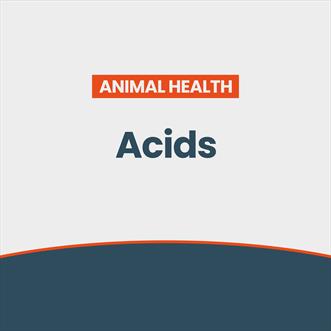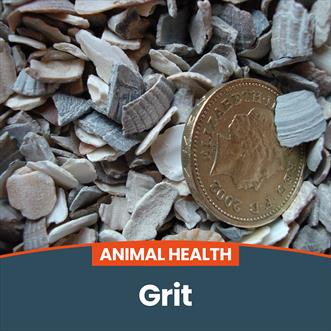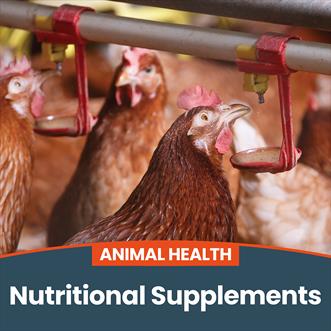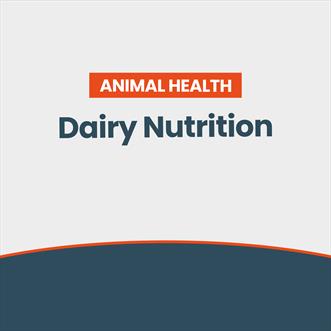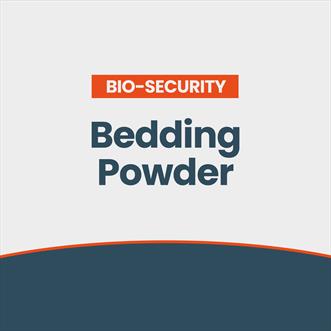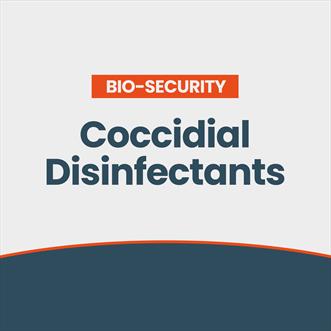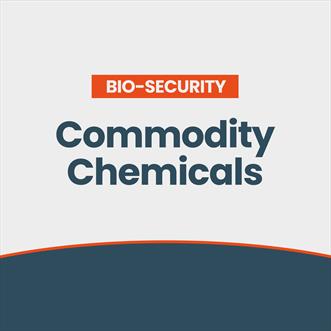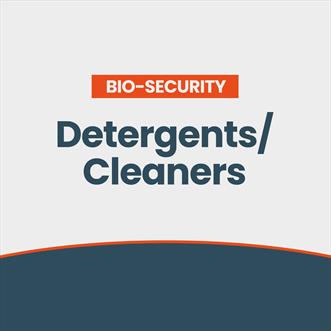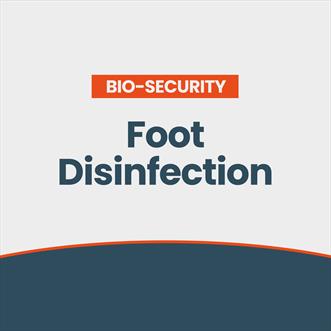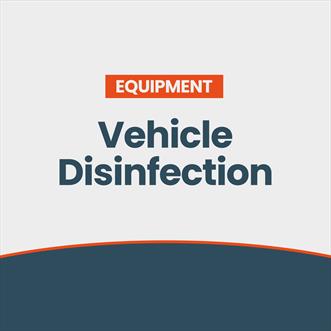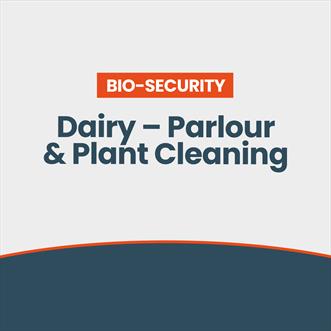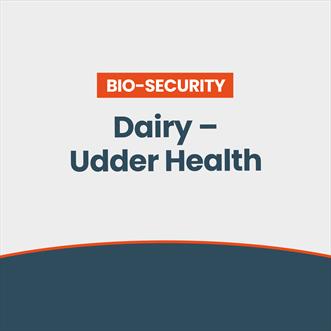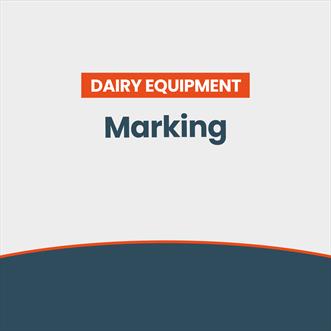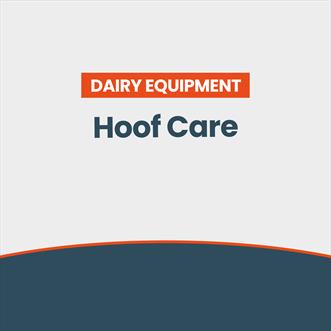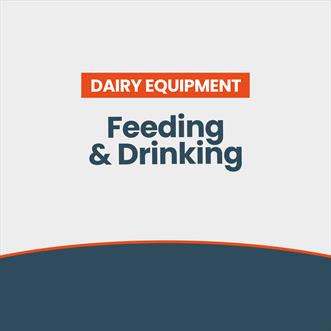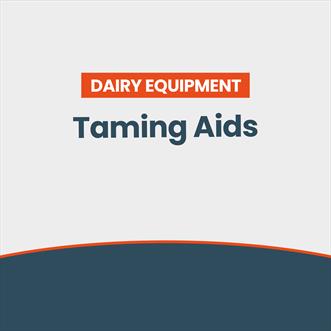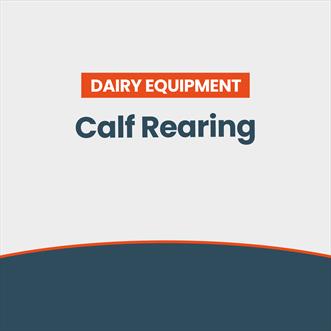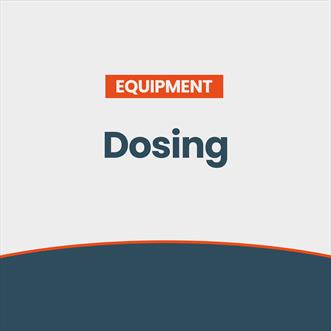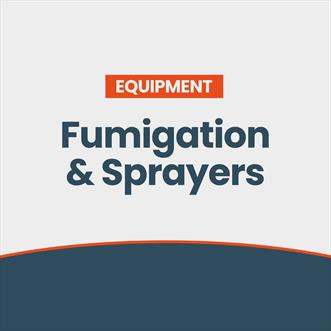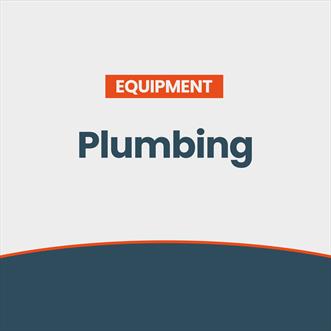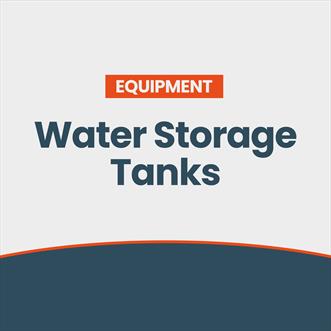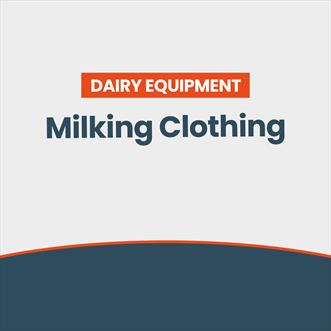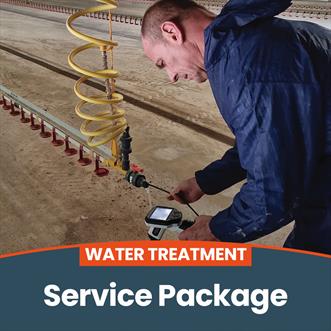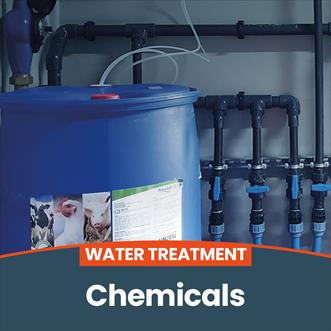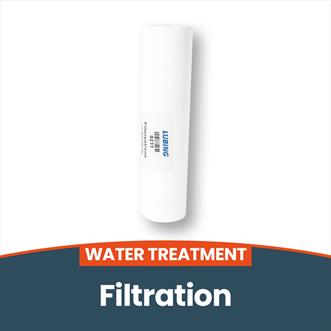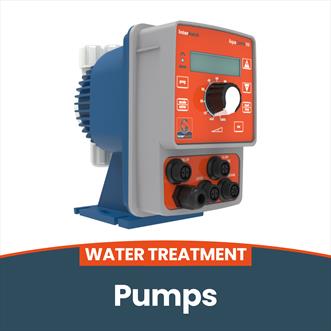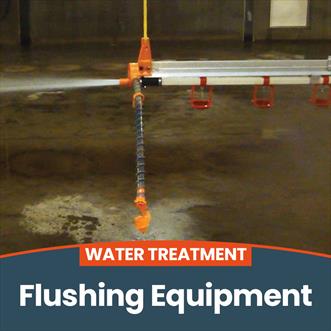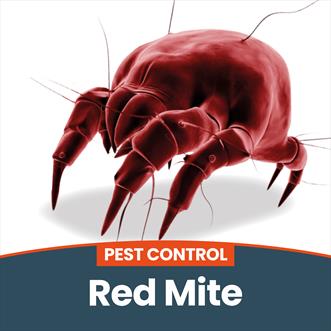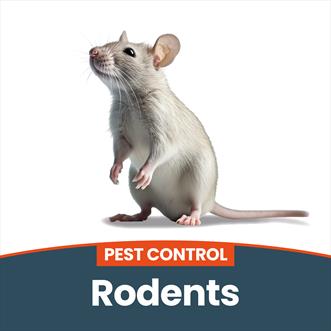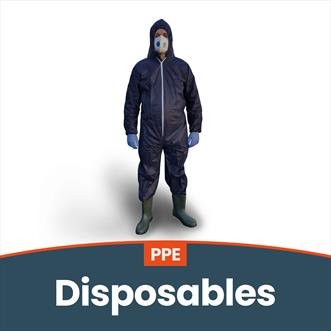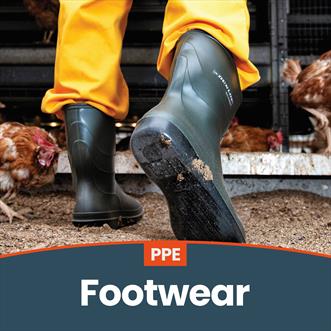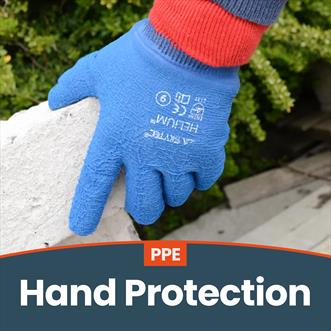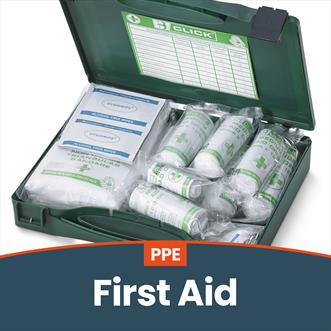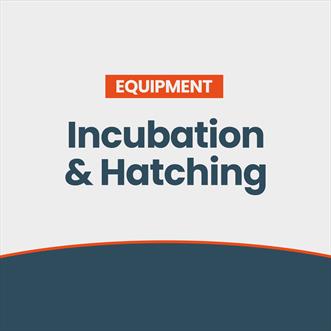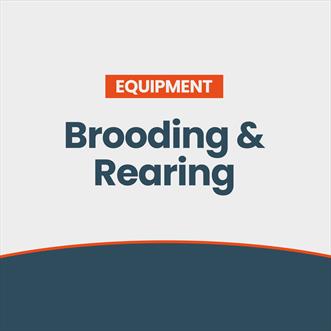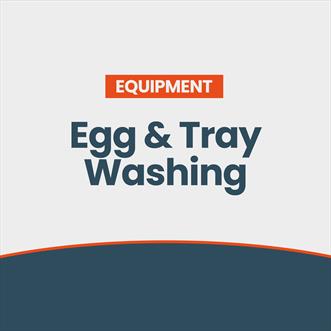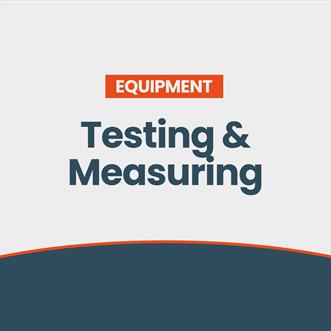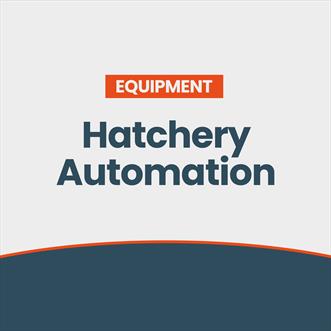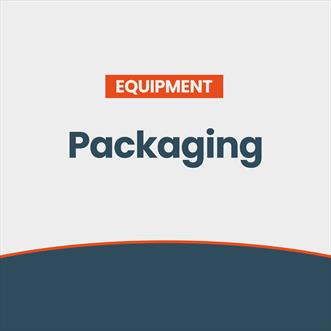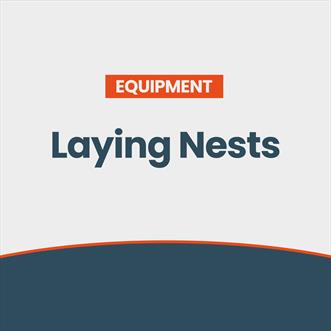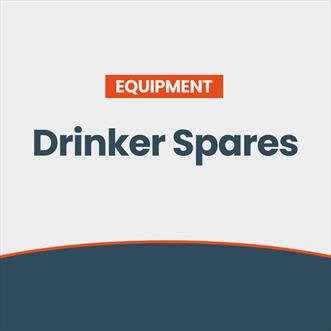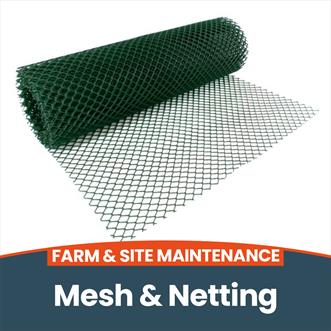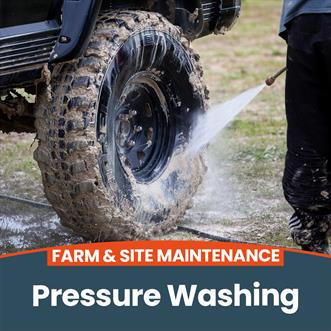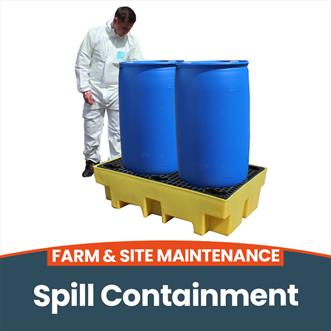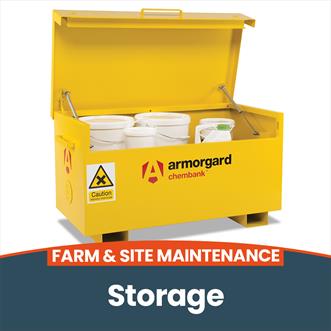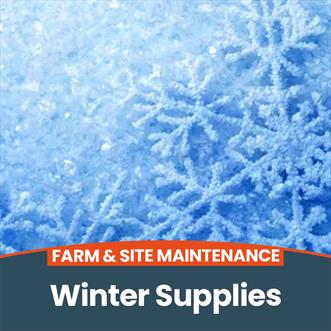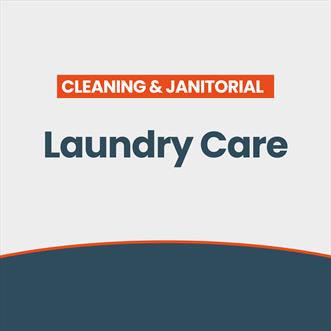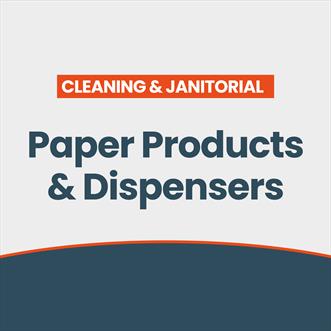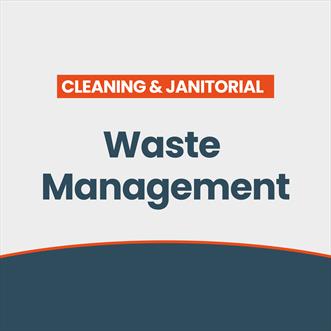What do we mean by ‘hard’ water?
The figure ‘pH’ stands for potential of hydrogen and it’s a measure of the amount of hydrogen ions present in the water. The pH scale determines if the water is alkaline or acidic in nature. It runs from 1 to 14 – 1 being very acidic, 14 very alkaline, and 7 being neutral. Water sources are seldom neutral, tending to fall either side of 7 on the pH scale. Anything above a pH of 7 is essentially ‘hard’ or alkaline water. Alkaline water is called ‘hard’ because of the amount of dissolved minerals it contains (the main ones being calcium, magnesium and iron). At the opposite end of the scale, acidic water is deemed ‘soft’.
It’s widely accepted that a pH of 6.0 to 6.8 is optimum for broilers, although they can tolerate a pH of up to 8. Whilst they may be able to tolerate it, it isn’t ideal for reasons which we explore below.
Minerals in hard water
The harder the water, the greater the amount of minerals present, and it’s the presence of these minerals that cause issues for poultry farmers. For instance, high levels of magnesium can cause loose droppings. Whilst this isn’t a condition in itself, it leads to wet bedding, which becomes a breeding ground for all sorts of pests and pathogens. Besides this, sticky loose droppings and wet litter can soften the skin on the foot pads and hocks of the bird and this can develop into lesions (hockburn and pododermatitis). As well as being a welfare issue, we all know that bad cases can lead to the carcass being downgraded or rejected.
Bringing the pH down for optimum conditions in the gut
Although a pH between 6 and 6.8 is considered ideal for broiler farming, some producers prefer to bring the pH down to 4 - 4.2 to preserve favourable conditions in the gut. Most beneficial microflora are acid-tolerant and therefore grow best at a lower pH. In contrast, potentially pathogenic organisms such as Campylobacter are intolerant to acidic conditions. Feeding a buffered organic acid compound such as Agrivite Aqua BTA-2 creates unfavourable conditions for undesirable bacteria, whilst allowing beneficial organisms to prosper. A healthy gut biome, of course, sets a bird up for success both in terms of growth and being able to withstand infection and disease.
Hard water affects drinking systems
The presence of calcium and magnesium in hard water causes the formation of limescale, and the harder the water, the greater the problem. Limescale can have a very detrimental impact on drinker lines and the issue is twofold. Firstly, it builds up inside of the drinker lines causing malfunction, and secondly, it traps biofilm and creates an ideal environment for bacteria to flourish in, exposing flocks to infection. It’s essential to deal with limescale build-up during turnaround.
How to deal with limescale in the drinker lines
When cleaning the drinker lines at turnaround, a strong peracetic acid-based disinfectant such as Airocide PAAD can be used to dissolve the limescale and flush it out. A strong dose of 5% for 2 hours is ideal, but this will depend on the capacity of the Dosatron pump being used. A dose of 2% at 12 hours is also sufficient. Airocide PAAD is a highly effective biocide, so as well as dissolving any limescale, it will kill various micro-organisms, whilst leaving no residue behind – an important factor when flushing out drinker lines.
We recommend following this with a flush of hydrogen peroxide solution such as Huwa-San to remove residual biofilm and bacteria – a 1% solution should sit in the drinker lines for 24 hours before being flushed out to ensure effectiveness. For example, our product Huwa-San is recommended at 1% for 24 hours. The drinker line should be pressurised to ensure that the line is full and that the treatment reaches all surfaces. When flushing the treatment out of the drinker lines, it is critical to flush only one or two lines at a time to ensure that sufficient pressure is present to remove any debris loosened by the treatment.
Hard water issues can be solved
When operating in a hard water area, it’s worthwhile remembering that whilst your water may be clean going into the drinker lines, the pH of the water can cause conditions within the lines that expose flocks to harmful pathogens. However, this issue can be solved with an effective water treatment programme at the turnaround stage. After all, clean water at the end of the drinker line is vital to the success of any flock. If you’d like to find out more about how our water treatment service works, take a look at our brochure here, or contact us for an informal chat.

